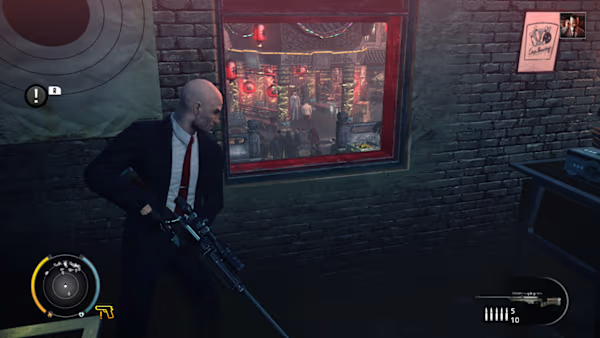Seventh Lair Review – Review

It’s nothing like its predecessor; it’s short and doesn’t end well. (Content warning: Contains discussion of suicide.)
It all began with a single quote from Joe DeVader on our site Slack channel:
“”Fata Morgana devs release spinoff where they reuse characters and assets to tell a story about an indie dev and his fans getting isekai’d into his fantasy game” was not on my bingo card”
This concept sounded absolutely ridiculous, but given my feelings about The House in Fata Morgana I had to take the risk and bought Seventh Lair. A few hours later, I was left in tears, reaching for the antidepressants I was using to get through Persona 3 Portable, and wondering just how to get my thoughts down on paper for this game.

As Joe so blithely put it, Seventh Lair flagrantly reuses the character models and backgrounds from Fata Morgana for a brand new story. This is mentioned on the game’s eShop page and the FM characters are literally credited by name in the credits, so they’re honest with it. The “You” character is portraying a Paris-based game developer with the hacker alias Dark†Knight, who has created some small indie releases on his own website “Royaume Heaven*”. After a bit of creator’s block, he announces a new release for April Fools’ Day, but as the game goes live he falls unconscious and wakes up in a clearly-Dragon Quest-inspired JRPG as the hero character. Regular members of his site’s forums start appearing as other party members and even – in one instance – NPCs, and the party must work their way to the end of the game using only Dark†Knight’s memories of the planning notes for the game. After some sequence breaking that would make a Super Metroid speedrunner blush, the endgame reveals the reason for the characters being brought to the fantasy world to begin with, which involves discussions of suicide (among other things) that left me incredibly shaken.
Unlike its predecessor, Seventh Lair is a brief adventure; I was able to get through it in a handful of hours. There aren’t any choices in the story, and aside from a brief post-credits “short story”, what you get in the main plot is it. Unfortunately, the editing of the story itself is a bit rough, as there were more typos / missed words in this brief adventure than were in the entirety of Fata Morgana. I might have been tempted to blame the publisher especially since it was their maiden effort on Switch, but MangaGamer did publish the original English release of Fata Morgana that the console releases (published by Limited Run Games or its predecessor) were based on. Hopefully the text will be cleaned up later on.
Given the open asset reuse, they did a good job adapting the characters and environments to a “fantasy RPG” world. There’s even a reason why the main character has incredibly long hair in-universe, which was a bit of attention to detail that I appreciated. The soundtrack retains a propensity for haunting melodies, with the songs “One Cut Deeper”, “Land of Nowhere”, and especially “The Voice of Fairy” being standouts. (The last of those is actually used as a part of the plot, as well.)
I don’t regret taking a few hours to read Seventh Lair, though I did need several minutes to collect myself at the end of the tale. With some cleaned up text, it could be an all-time great visual novella – but for now, it’s a solid one with some things worth discussing.




